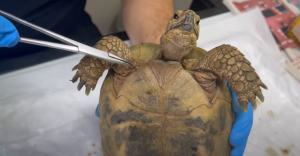
Mango worms, also known as Cordylobia anthropophaga, are a type of parasite that infest animals, including humans. These worms are commonly found in sub-Saharan Africa and are known to cause discomfort and pain to their hosts. The infestation usually occurs when the larvae of the mango fly, which is the adult form of the worm, burrow into the skin of the host.
The mango worm infestation can cause a range of symptoms, including itching, swelling, and pain around the area where the worm has burrowed into the skin. The infestation can also lead to the formation of a boil-like lesion, which can be filled with pus. While the infestation is not usually life-threatening, it can be a cause of discomfort and distress to those affected.
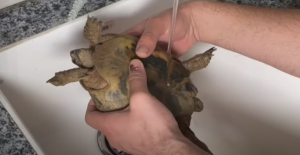
Parasites like mango worms are a common occurrence in many parts of the world, and it is crucial to take precautions to avoid infestation. Simple measures such as wearing protective clothing, using insect repellent, and keeping the skin clean and dry can help decrease the risk of infestation. Here, we will explore the causes, symptoms, and treatment options for mango worm infestation, and provide tips on how to prevent infestation.
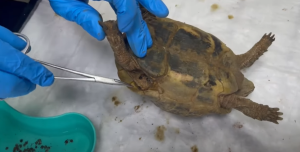
Biology and Life Cycle
Mango Fly
The mango worm is the larval stage of the Cordylobia anthropophaga, commonly known as the tumbu fly or skin maggot fly. This fly is found in sub-Saharan Africa and is known to infest humans and animals. The adult fly lays eggs on soil, clothing, or other materials that come in contact with the skin of the host.
Larval Development
Once the eggs hatch, the larvae burrow into the skin of the host and begin to feed on tissue and bodily fluids. The larvae grow rapidly and can reach up to 2 cm in length within a few days. As they feed, they create a breathing hole on the surface of the skin, which allows them to breathe while they are inside the host.
Mature Mango Worm

After approximately 8-12 days of feeding, the mature mango worm leaves the host’s skin and falls to the ground to pupate. The pupal stage lasts for about 8-10 days before the adult fly emerges. The entire life cycle from egg to adult takes approximately 3-4 weeks.
The mango worm infestation can cause various symptoms, including itching, pain, and swelling. In severe cases, it can lead to secondary bacterial infections and other complications. It is important to seek medical attention if you suspect a mango worm infestation.
Therefore, the mango worm is a parasitic insect that infests humans and animals in sub-Saharan Africa. Its life cycle involves the egg, larval, pupal, and adult stages. The larvae feed on the tissue and bodily fluids of the host and create a breathing hole on the surface of the skin. It is important to take preventive measures and seek medical attention if you suspect a mango worm infestation.
Geographical Distribution
Mango worms, also known as Cordylobia anthropophaga, are a type of parasitic worm that affects animals, including humans. These worms are commonly found in Africa, and they are prevalent in certain regions. However, they have also been reported in other parts of the world due to global travel and spread.
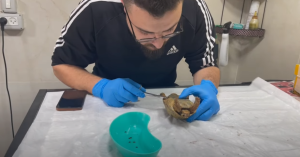
Prevalence in Africa
Mango worms are primarily found in sub-Saharan Africa, particularly in regions with warm and humid climates. The worms are commonly found in rural areas where people live near animals. The larvae of the mango worm burrow into the skin of animals, including dogs, cats, and livestock, causing a painful and itchy infection.
Cases in the United States
While mango worms are not native to the United States, there have been a few reported cases in recent years. These cases have been linked to travel to regions where mango worms are prevalent, such as sub-Saharan Africa. In some cases, people have brought infected animals into the country, leading to the spread of the worms.
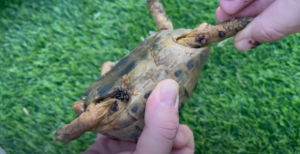
Global Travel and Spread
Due to global travel and trade, mango worms have been reported in other parts of the world, including South America and Asia. Travelers who visit regions where mango worms are prevalent are at risk of contracting the infection. It is critical to take precautions, such as wearing protective clothing and using insect repellent, to avoid exposure to the worms.
Thus, mango worms are primarily found in sub-Saharan Africa, but they have also been reported in other parts of the world due to global travel and spread. Travelers should take precautions to avoid exposure to the worms, and people living in regions where mango worms are prevalent should seek treatment if they or their animals are infected.
Transmission and Hosts
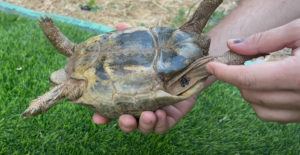
Mango worms are parasitic larvae that infect a variety of mammalian hosts. The larvae are transmitted through contact with contaminated soil, bedding, feces, or urine of infected animals.
Typical Hosts
Mango worms are commonly found in dogs, particularly in spots with poor hygiene and sanitation. However, they can also infect other mammalian hosts such as cats, rodents, and livestock.
Human Infestation
Although rare, mango worms can also infest humans. Human infestation occurs when the larvae come into contact with exposed skin, usually through direct contact with contaminated soil or through contact with infected animals.




